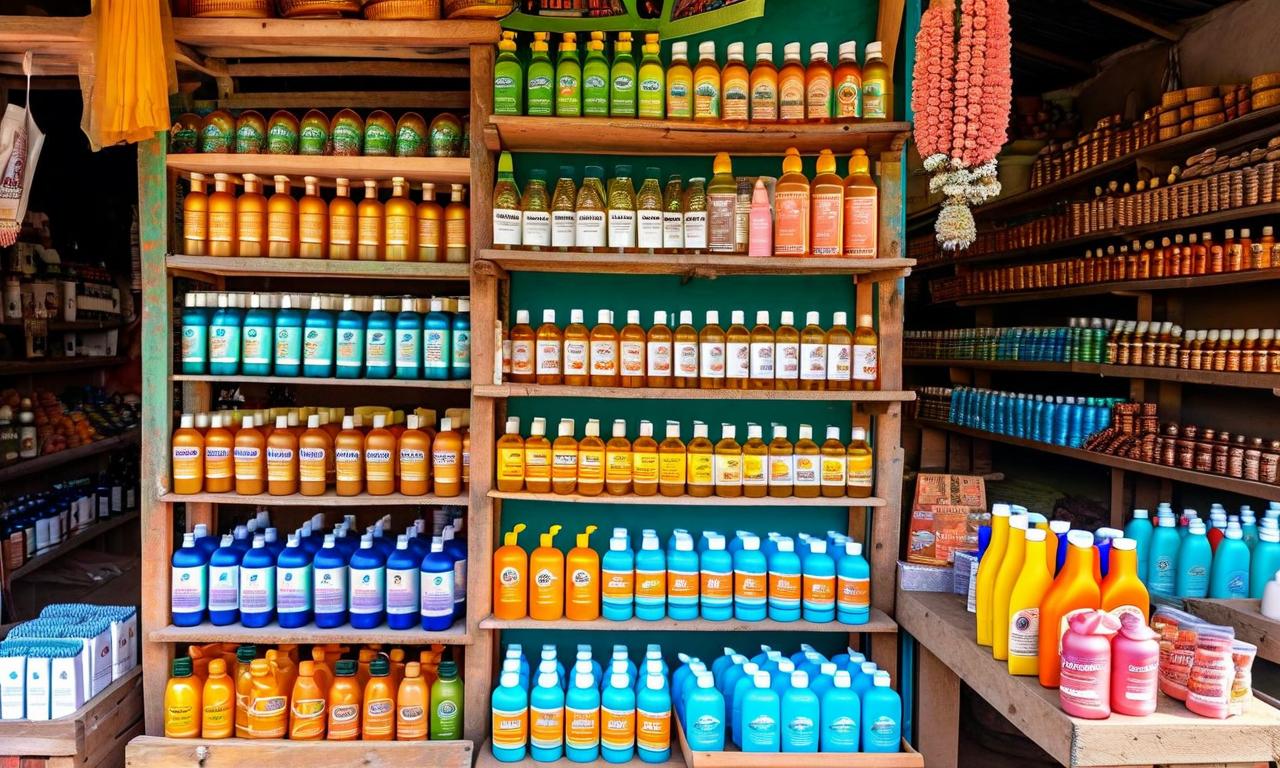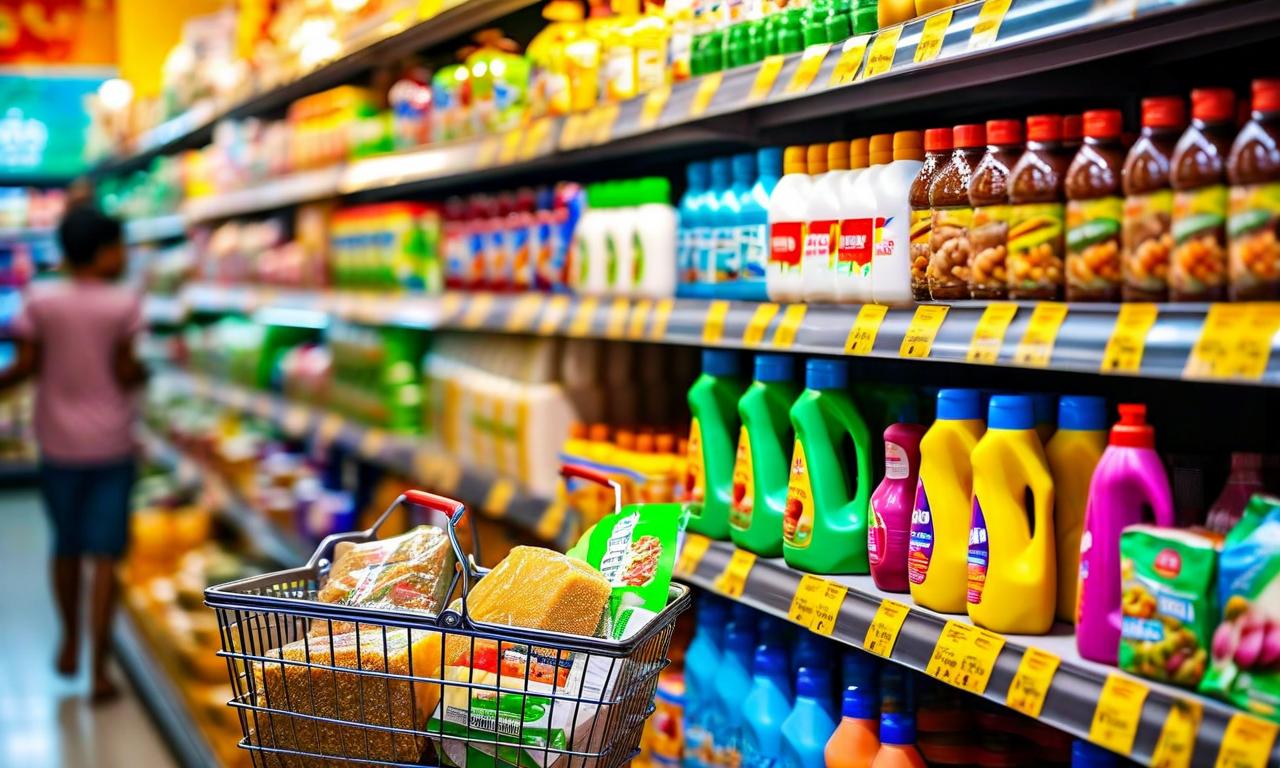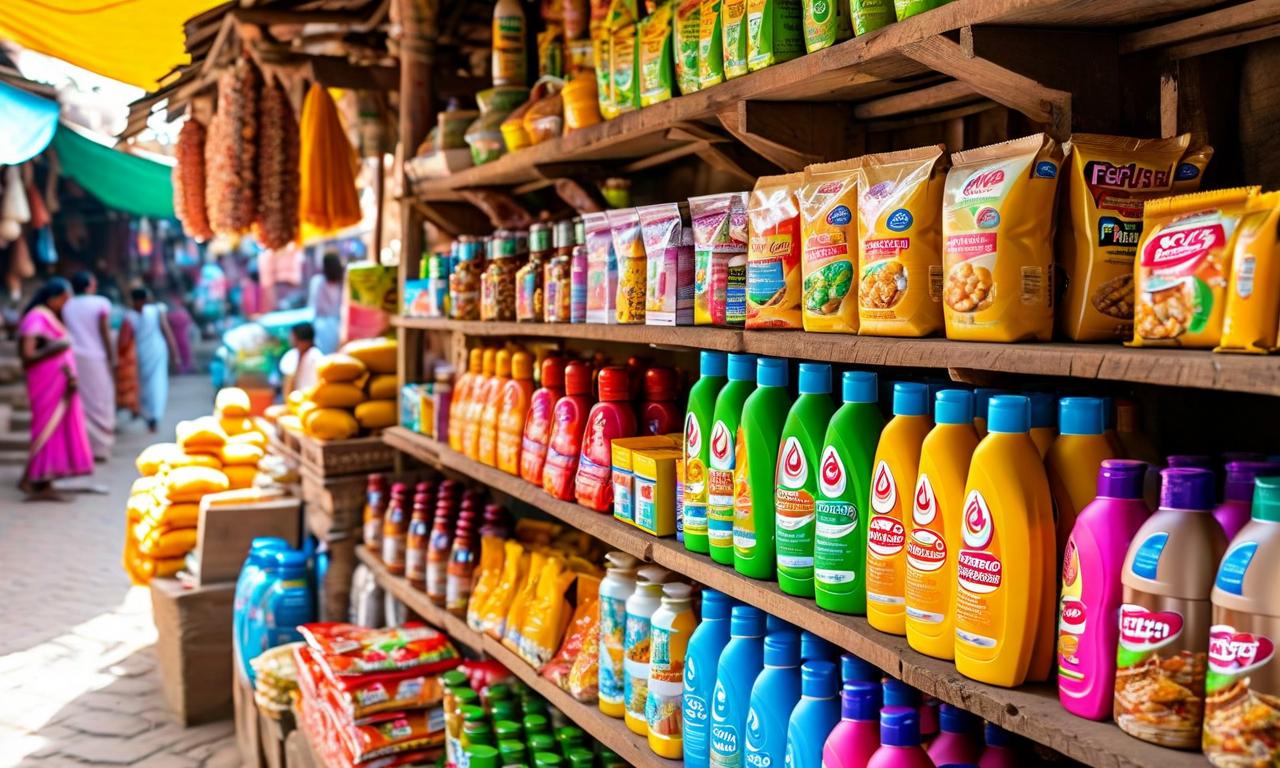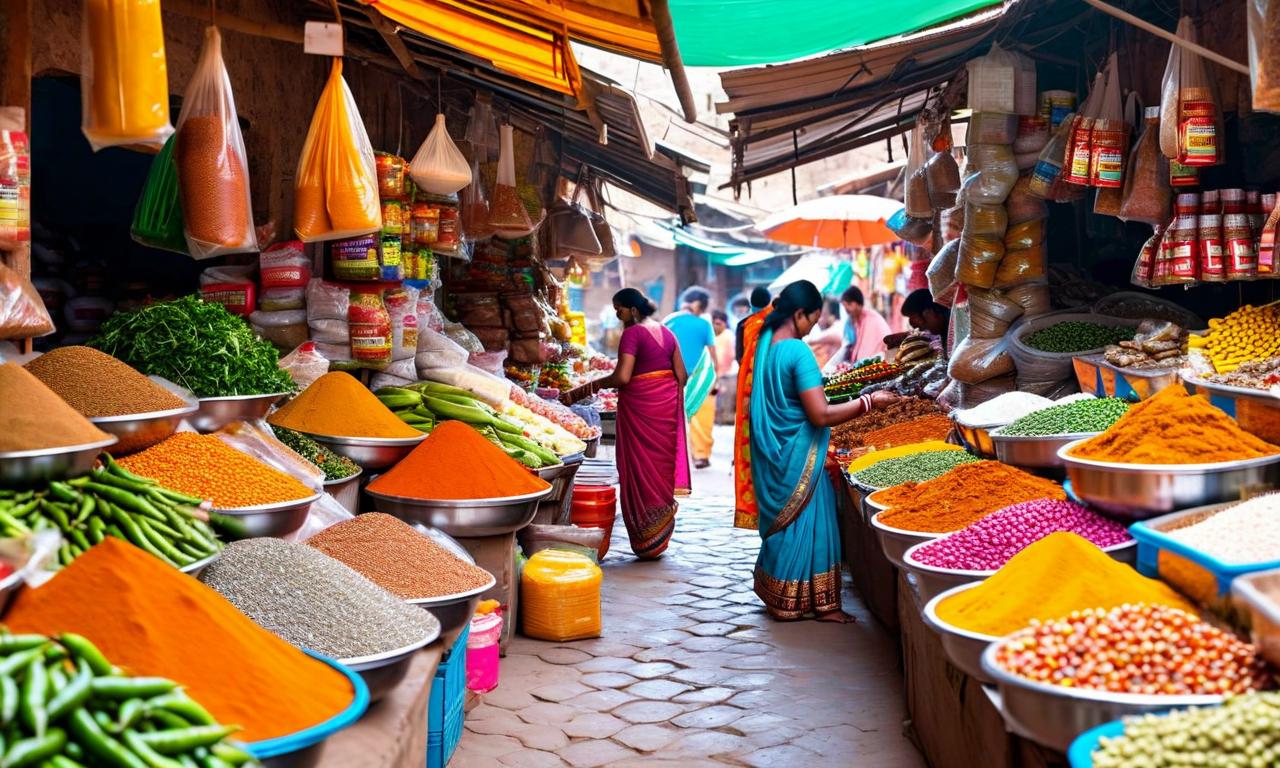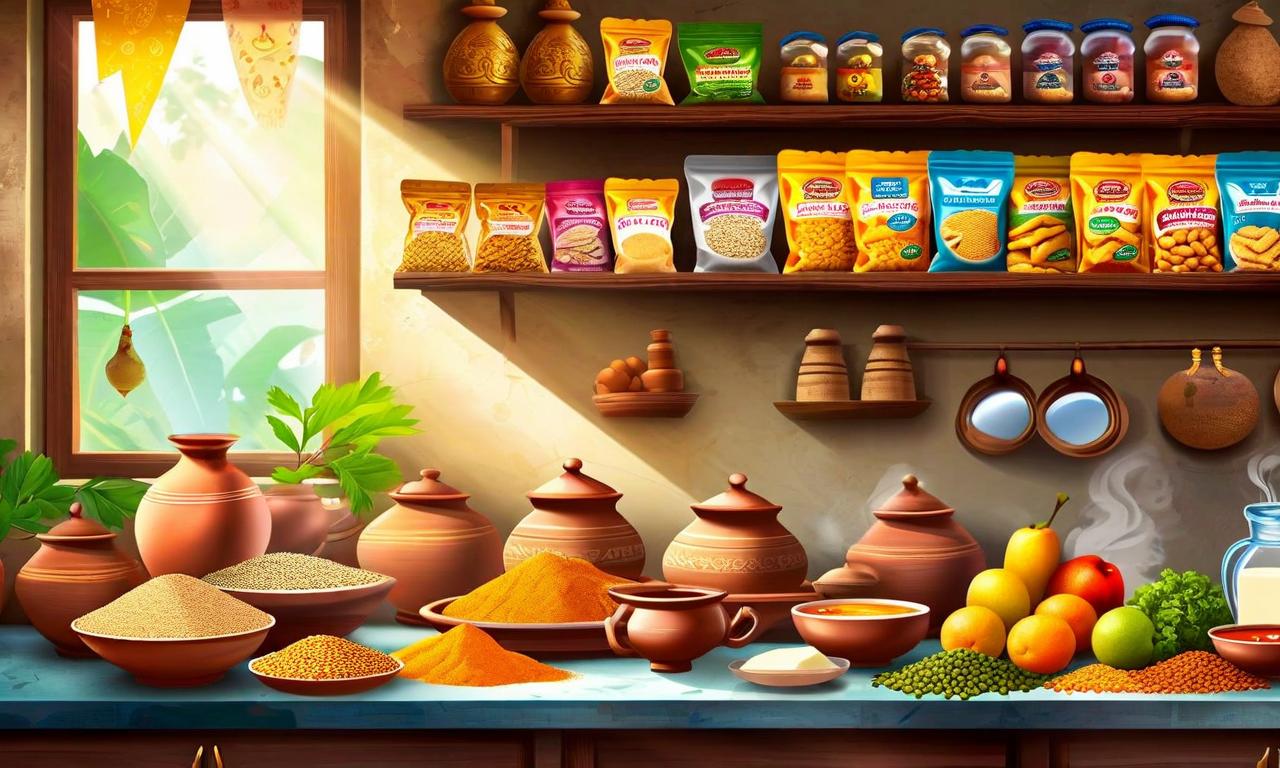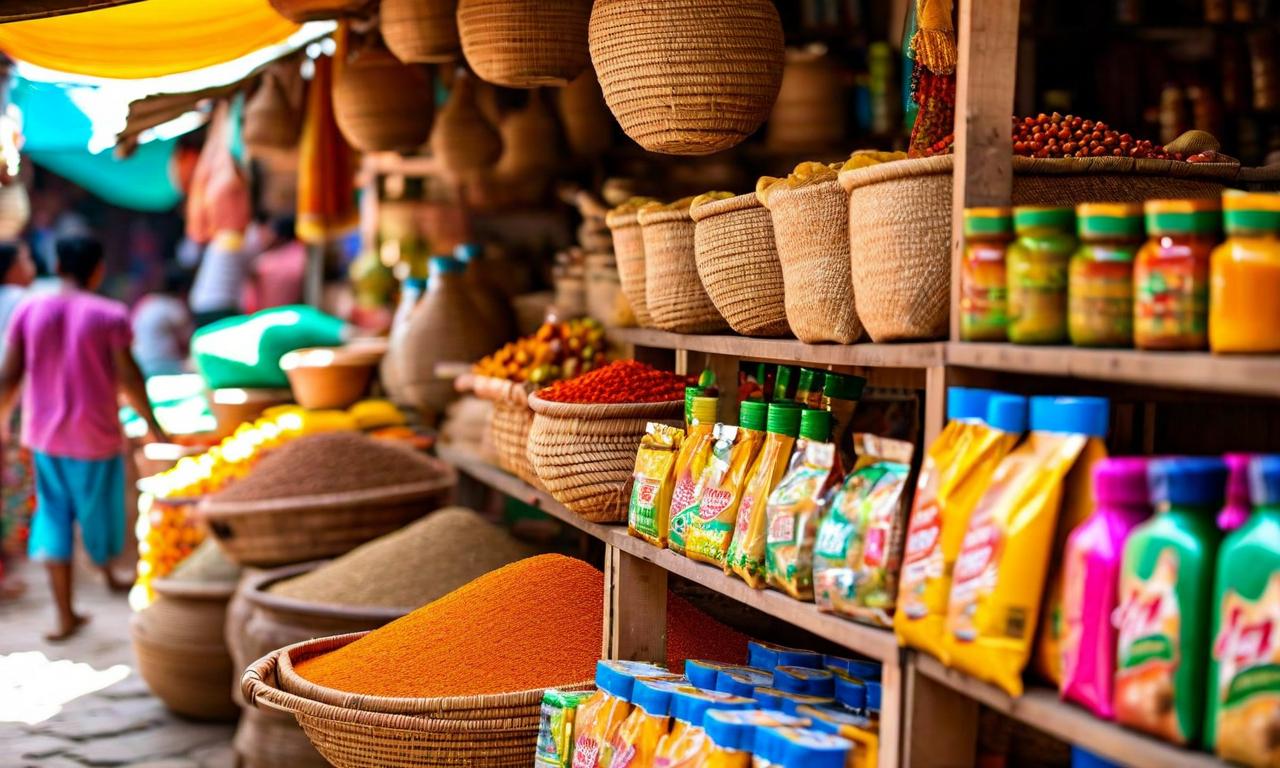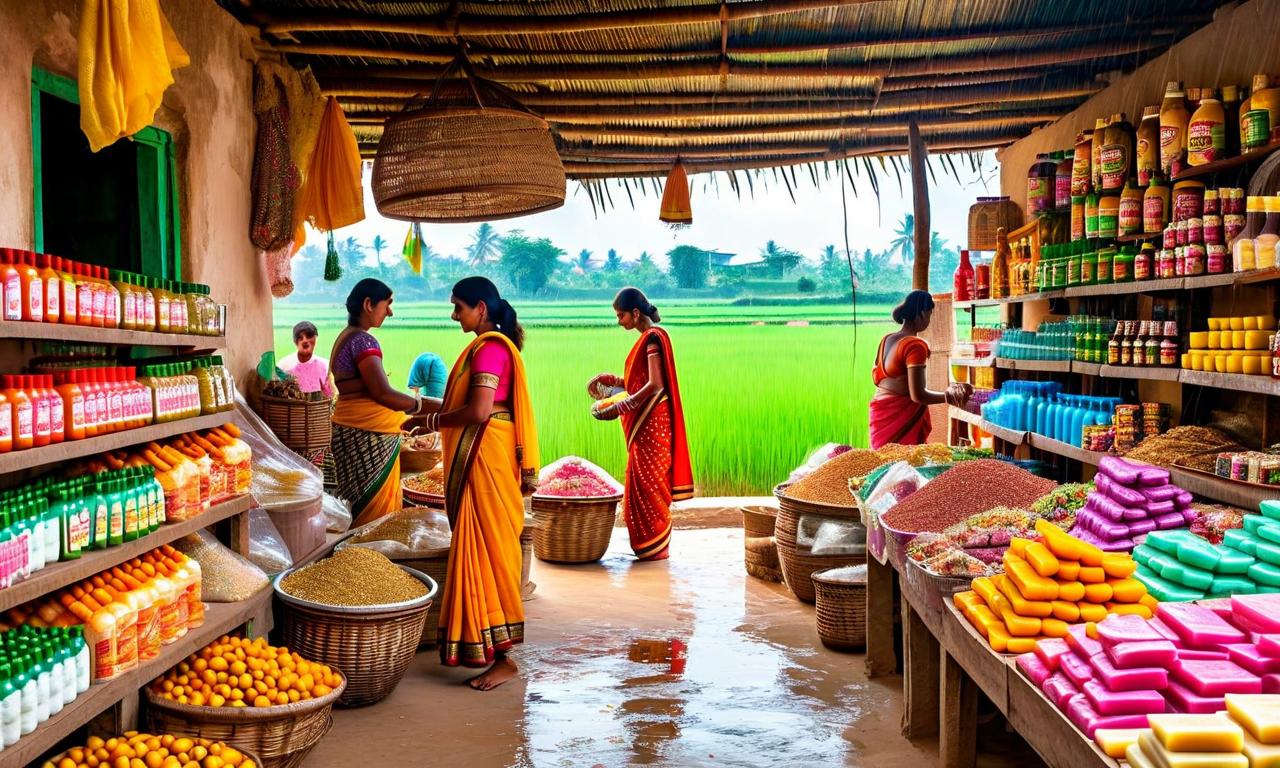Nepal Unrest Poses Minor Risk to FMCG Firms; GST Cuts Expected to Boost Growth
The Indian FMCG sector faces a mix of challenges and opportunities. Nepal's political unrest has limited impact on major FMCG companies with 2-3% revenue exposure. GST rate cuts on biscuits and snacks from 18% to 5% are expected to boost consumption. The paint sector shows recovery signs with projected mid-to-high single-digit growth. Excess rainfall affects demand for summer products like aerated drinks and talcum powders. Overall, the sector demonstrates resilience amid regional challenges while benefiting from policy changes.
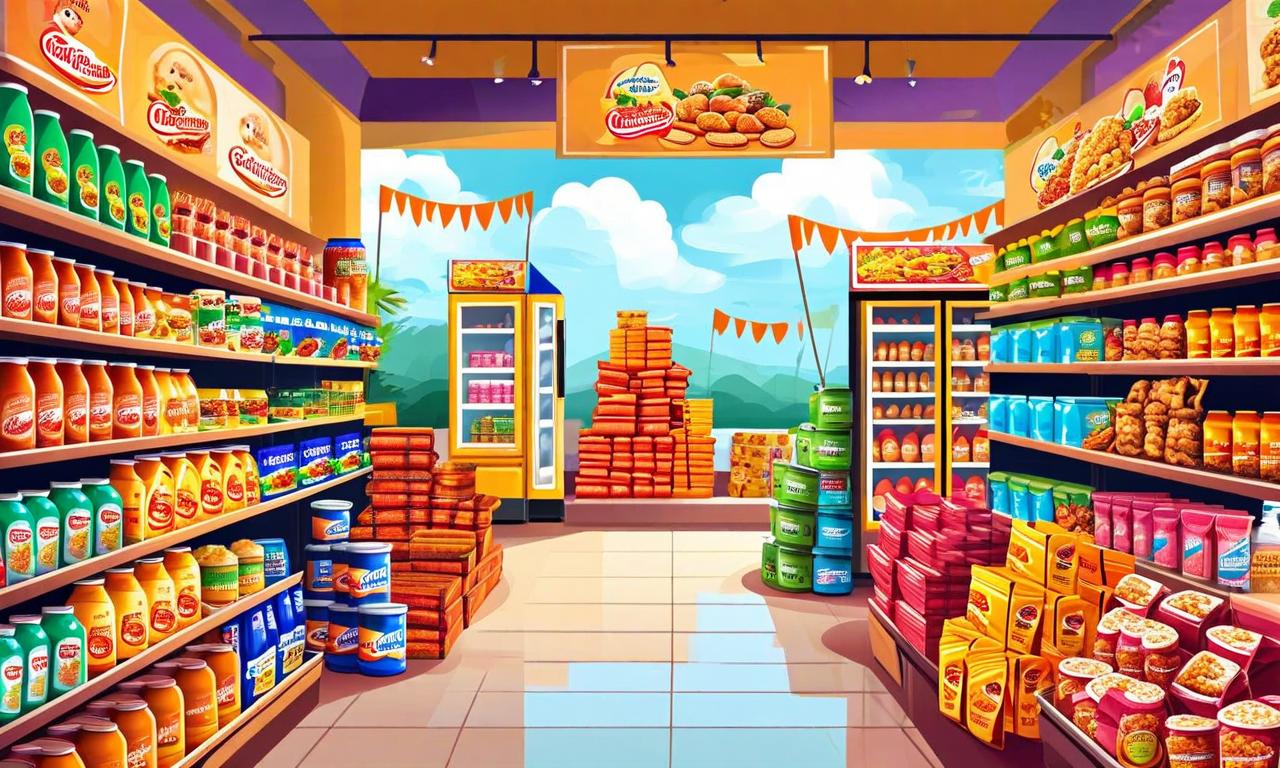
*this image is generated using AI for illustrative purposes only.
The Fast-Moving Consumer Goods (FMCG) sector in India is navigating through a mix of challenges and opportunities, with recent developments in Nepal and domestic policy changes shaping the industry landscape.
Nepal Unrest: Limited Impact on FMCG Giants
Political instability in Nepal has raised concerns for FMCG companies with regional exposure. However, industry analyst Abneesh Roy views the impact as manageable. Several major players in the Indian FMCG space, including ITC, Marico, Hindustan Unilever Limited (HUL), Varun Beverages, and Bikaji, have a presence in the Nepalese market.
For companies like Varun Beverages, ITC, and Dabur, Nepal represents only 2-3% of their total revenues. Roy anticipates that the impact of the unrest will likely be short-term and is not expected to significantly affect full quarterly results.
GST Cuts: A Boost for Consumption
Recent reductions in Goods and Services Tax (GST) rates are expected to drive consumption growth in the FMCG sector. The biscuits and snacks segments are poised to benefit significantly, with tax rates dropping from 18% to 5%. This change presents an opportunity for companies like Britannia to pass on the benefits to customers while simultaneously expanding their profit margins.
Paint Sector Shows Signs of Recovery
The paints sector is exhibiting signs of recovery, with industry leaders Asian Paints and Berger Paints projected to deliver mid-to-high single-digit growth. While heavy monsoons may temporarily delay demand for exterior paints, analysts view this as a postponement rather than a permanent loss of business.
Weather Patterns Affecting Summer Categories
Domestic weather patterns are influencing the performance of summer-centric FMCG categories. Excess rainfall has impacted the demand for products such as:
- Aerated drinks
- Talcum powders
- Beer
These categories typically see increased consumption during hotter, drier weather conditions.
Outlook
The FMCG sector is demonstrating resilience in the face of regional political challenges while capitalizing on favorable policy changes. The limited exposure to Nepal for most companies suggests that the political unrest there will have a minimal impact on overall performance. Meanwhile, the GST reductions are expected to stimulate consumer spending, particularly in the snacks and biscuits categories.
As the monsoon season progresses, companies will be closely monitoring weather patterns and adjusting their strategies for summer product lines. The paint industry's recovery signals positive momentum, with companies prepared to capitalize on pent-up demand once weather conditions improve.
Overall, the FMCG sector appears well-positioned to navigate the current mix of challenges and opportunities, with analysts maintaining a cautiously optimistic outlook for the coming quarters.

